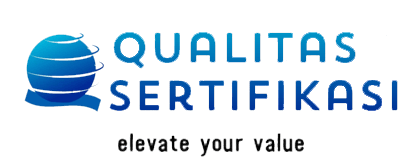Perhatikan Standar Ekspor Ini Agar Produk Tekstilmu Masuk Pasar Internasional
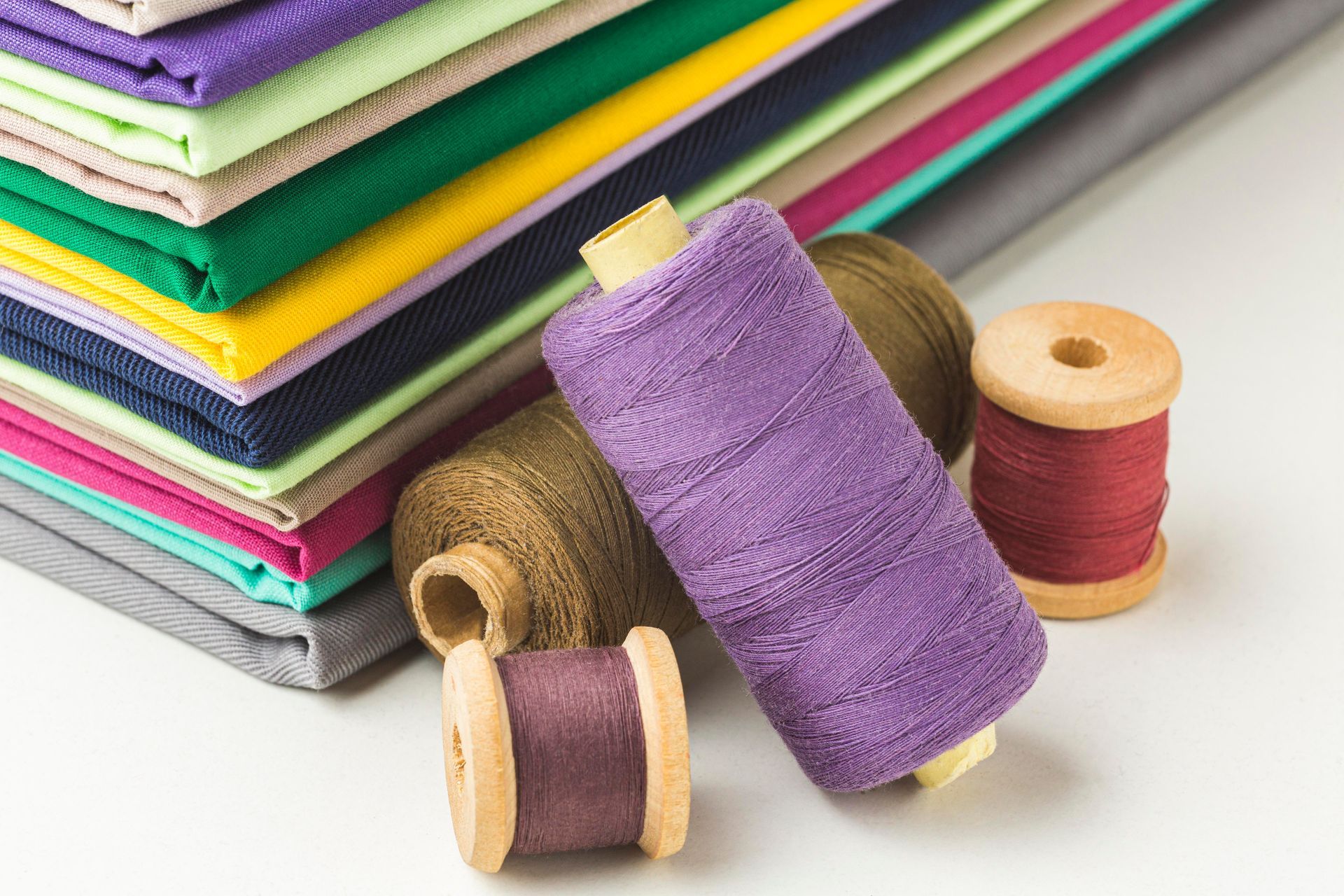
Produk tekstil Indonesia merupakan salah satu industri yang memiliki nilai dan peluang dalam hal ekspor. Pada 2021, nilai ekspor tekstil produk tekstil Indonesia berhasil mencapai angka sebesar 12,9 miliar US Dolar, naik 25,52 persen dibandingkan tahun sebelumnya sebesar 10,5 miliar US Dolar. Menteri Perdagangan, Zulkifli Hasan, bahkan sempat menyebut produk tekstil Indonesia mulai bergeliat dan bangkit di tengah pemulihan ekonomi nasional pasca pandemi.
Pelaku usaha tekstil di Indonesia pun terus didorong untuk meningkatkan kualitas dan kuantitasnya, dengan harapan lebih banyak lagi yang berhasil menembus pasar global. Namun, agar berhasil memasarkan produknya ke lingkup yang lebih luas diperlukan pengetahuan perihal standar yang harus dipenuhi, demi menjaga keamanan produk, melalui regulasi pemerintah masing-masing negara tujuan ekspor.
Beda standar Wajib, Umum dan Khusus
- Standar wajib atau standar primer merupakan standar dan persyaratan yang diwajibkan oleh pemerintah melalui regulasi dan menjadi poin utama yang harus dipersiapkan. Biasanya, standar ini berupa spesifikasi teknis yang dikenakan pada produk yang didistribusikan ke pasar. Adapun contoh dari standar ini adalah batasan-batasan yang boleh terkandung dalam produk. Biasanya, hal tersebut dibuat dengan tujuan menjamin keamanan dan keselamatan, mencegah penipuan, serta menghindari ketidaksesuaian produk yang harus dipatuhi oleh semua supplier atau eksportir.
Standar wajib ini terbagi dalam tiga level yaitu, nasional, regional, serta internasional.
- Level Nasional: Setiap negara berhak mengembangkan standar masing-masing dan diberlakukan secara wajib di lingkup kedaulatannya. Adapun penetapannya bisa dilakukan melalui lembaga standardisasi nasional, dibantu atau diberikan kewenangan kepada organisasi pengembangan lain yang telah diakreditasi.
- Level Regional: Seiring dengan perkembangan pasar dan hubungan antar negara, tidak jarang tercipta kerjasama beberapa negara di kawasan dalam bentuk pasar tunggal, seperti Uni-Eropa dan ASEAN. Bersama-sama, mereka bisa menyepakati, merumuskan dan menerapkan standar untuk diberlakukan di Kawasan tersebut.
- Level Internasional: Dalam tingkatan lebih luas, terdapat beberapa lembaga dan organisasi yang membuat standardisasi internasional. Mereka berupaya mengembangkan standar wajib yang bisa diterapkan secara internasional.
- Standar umum merupakan persyaratan yang ditentukan oleh pasar atau pihak swasta. Jika utamanya standar wajib lebih mementingkan keamanan produk, maka standar umum ini lebih mementingkan kualitas produk. Standar ini merupakan bentuk perluasan atau penambahan dari standar wajib, dengan tujuan untuk lebih memenuhi kebutuhan pasar.
- Standar khusus atau tersier merupakan persyaratan yang tidak wajib, namun dibutuhkan oleh sebagian pembeli/importir. Biasanya hal ini ada untuk menjangkau target pasar yang lebih spesifik (niche market). Meski bersifat lebih spesifik, standar ini dapat memperkuat daya saing bagi eksportir, khususnya untuk target pasar seperti Eropa, Australia dan Amerika Serikat.
Standar ekspor produk tekstil
Mengingat produk-produk tekstil saat ini memiliki ruang lingkup yang sangat luas, maka standar wajib yang berlaku juga bisa berbeda-beda pula. Namun secara garis besar ada beberapa syarat wajib yang harus dipatuhi produsen tekstil yang ingin memasarkan produknya di kancah internasional:
- Ketentuan keamanan produk
Masing-masing negara memiliki ketentuan yang berkaitan dengan keamanan sebuah produk tekstil. Beberapa di antaranya adalah kemudahan terbakar, terobek, atau keamanan untuk anak kecil.
- Bahan kimia
Ada beberapa daftar bahan kimia yang tidak diperbolehkan digunakan pada produk tekstil. Bahan-bahan ini biasanya yang dikhawatirkan bisa menimbulkan bahaya bagi penggunanya. Kepatuhan standar ini ditunjukkan dengan uji lab atau sertifikasi kesehatan.
- Aturan bahan dari tanaman liar atau hewan
Sama seperti penggunaan bahan kimia, ada beberapa daftar tanaman liar atau hewan yang tidak diperbolehkan untuk dijadikan bahan dalam produk tekstil, baik seluruh atau sebagian, demia menjaga keamanan dan keselamatan.
- Pengemasan
Terdapat standar bahan kemasan yang diperbolehkan untuk produk tekstil individu maupun dalam jumlah besar atau bulk.
- Pelabelan
Standar pelabelan pada produk tekstil berkaitan dengan komposisi bahan, penamaan bahan, lokasi produksi dan instruksi pencucian maupun penyimpanannya.
Dari segi standar umum, beberapa poin yang perlu menjadi perhatian adalah sistem manufaktur tekstil, standar ukuran, standar pencucian, sistem manajemen kualitas, sistem manajemen lingkungan, sistem ketenagakerjaan, serta sistem kesehatan keselamatan kerja.
Adapun beberapa jenis standar khususnya adalah:
- Organik atau ramah lingkungan. Standar ini bertujuan untuk memastikan proses pertanian hingga pengolahan dilakukan dengan metode organik, salah satunya menghindari penggunaan bahan kimia berbahaya. Standar yang paling diakui adalah Global Organic Textile Standard (GOTS), OEKO-TEX, Bluedesign, EU-Ecolabel, dan Textile Exchange.
- Fairtrade. bertujuan memastikan perdagangan yang adil dan etis terhadap para petani dan UMKM di negara-negara berkembang. Standar yang paling diakui adalah Fairtrade International, World Fair Trade Organization (WFTO), dan Fair for Life.
- Standar spesifik bahan katun. Hal ini bertujuan memastikan kualitas yang digunakan tinggi bagi lingkungan pertanian katun dan tempat pengolahan katun.
- Standar spesifik bahan kulit. Tujuannya untuk memastikan material kulit yang dipakai adalah organik.
- Standar spesifik bahan wool. Produk yang dihasilkan dipastikan memenuhi kriteria kualitas wool yang tinggi.
- Standar spesifik karpet. Standar ini bertujuan memastikan produk karpet diproduksi dengan sistem yang etis
- Standar spesifik bahan kertas. Hal ini bertujuan memastikan material kertas diperoleh dari hutan yang dikelola dengan bertanggung jawab.
Beberapa hal yang disebutkan di atas merupakan informasi dasar yang harus dipahami pelaku usaha yang ingin mengembangkan sayapnya. Sejumlah syarat harus dipenuhi, terlebih bagi pengusaha yang memiliki target dan nilai jual ramah lingkungan, perlu untuk menambah
valuenya dengan melakukan standardisasi seperti Textile Exchange. Informasi lebih lanjut tentang standar dan sertifikasi Textile Exchange ini bisa langsung
klik link ini dan menghubungi kontak yang tersedia, atau unduh brosur standar/program yang sesuai dengan kebutuhan bisnis kamu!
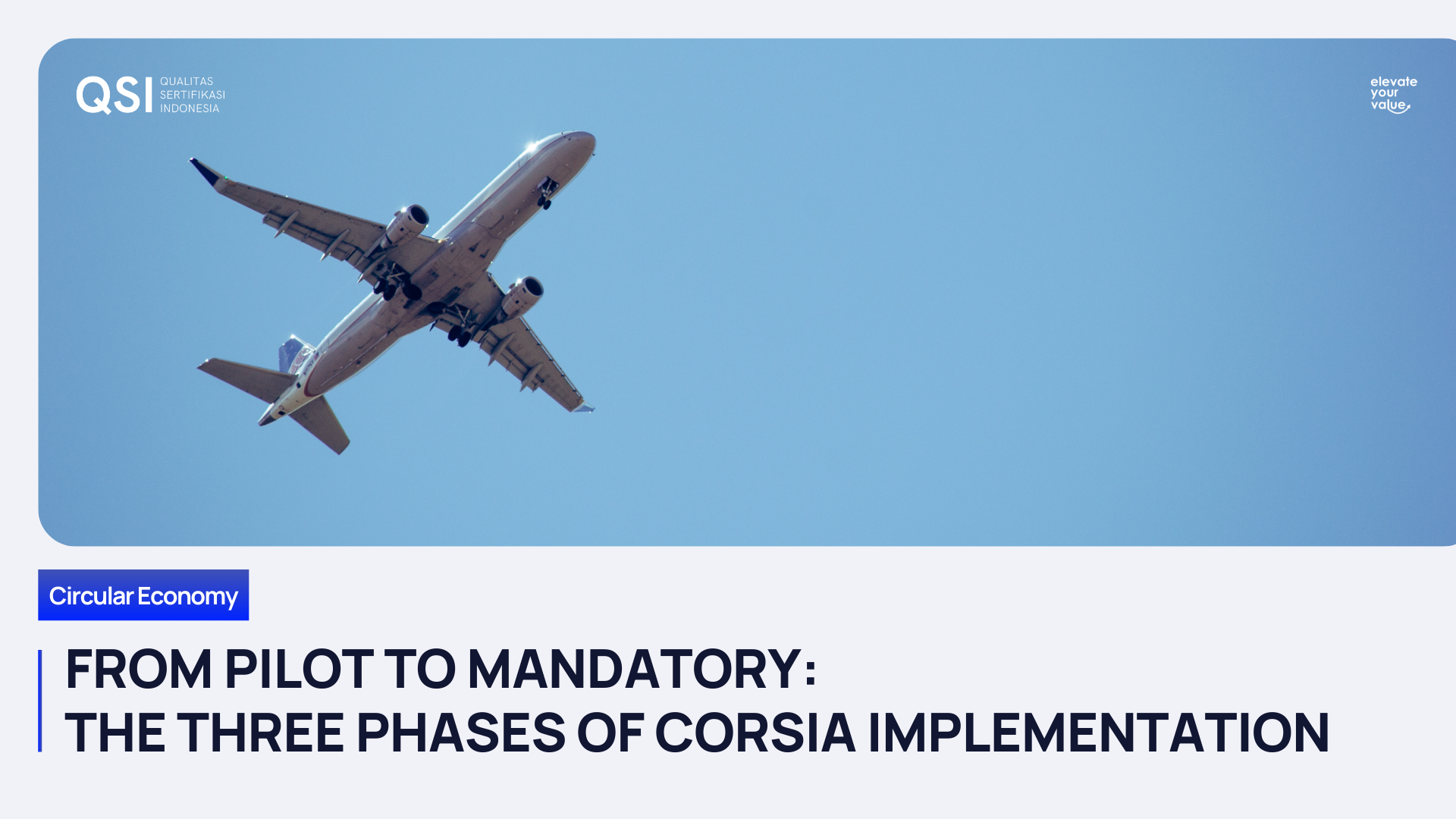
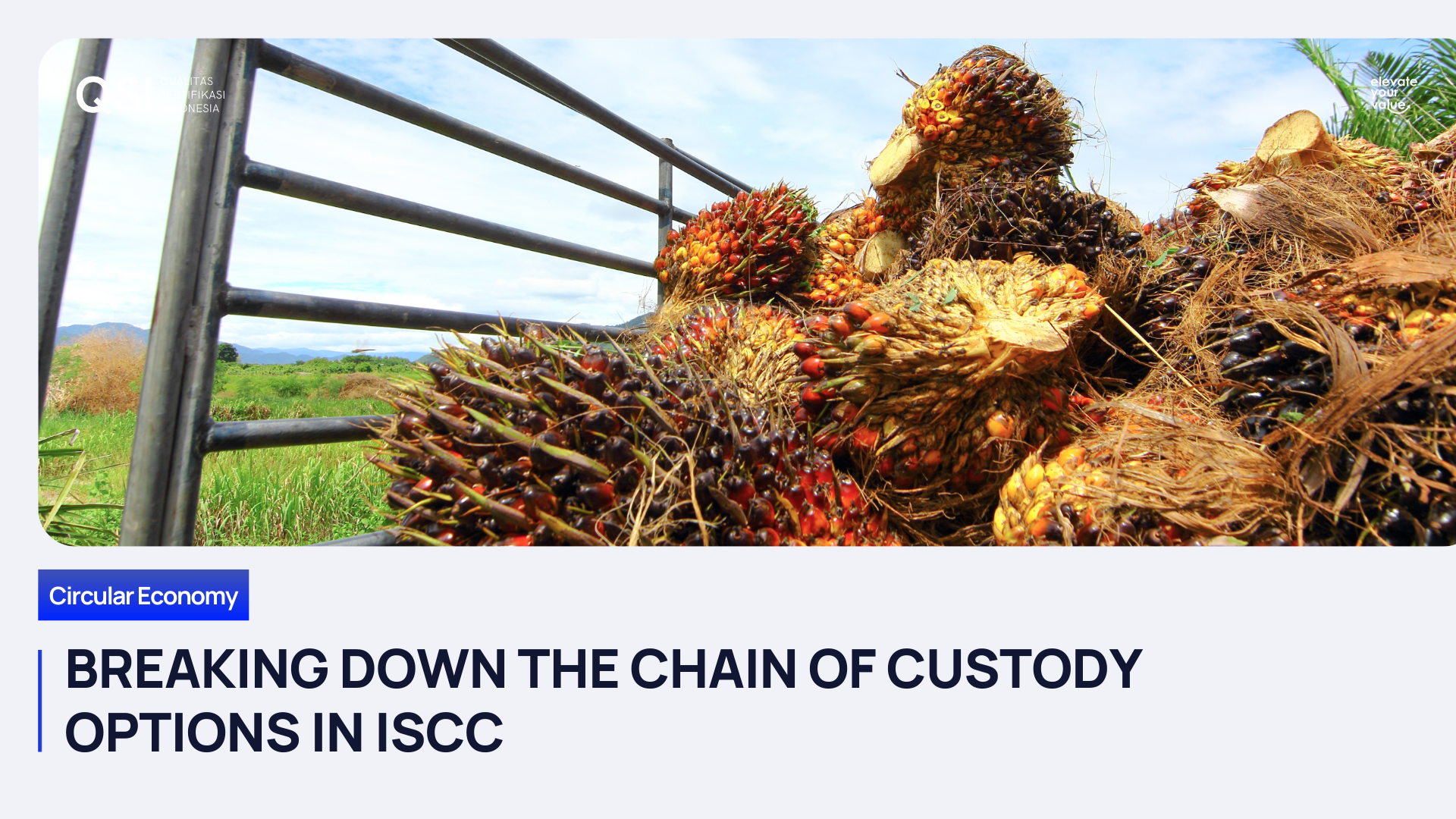
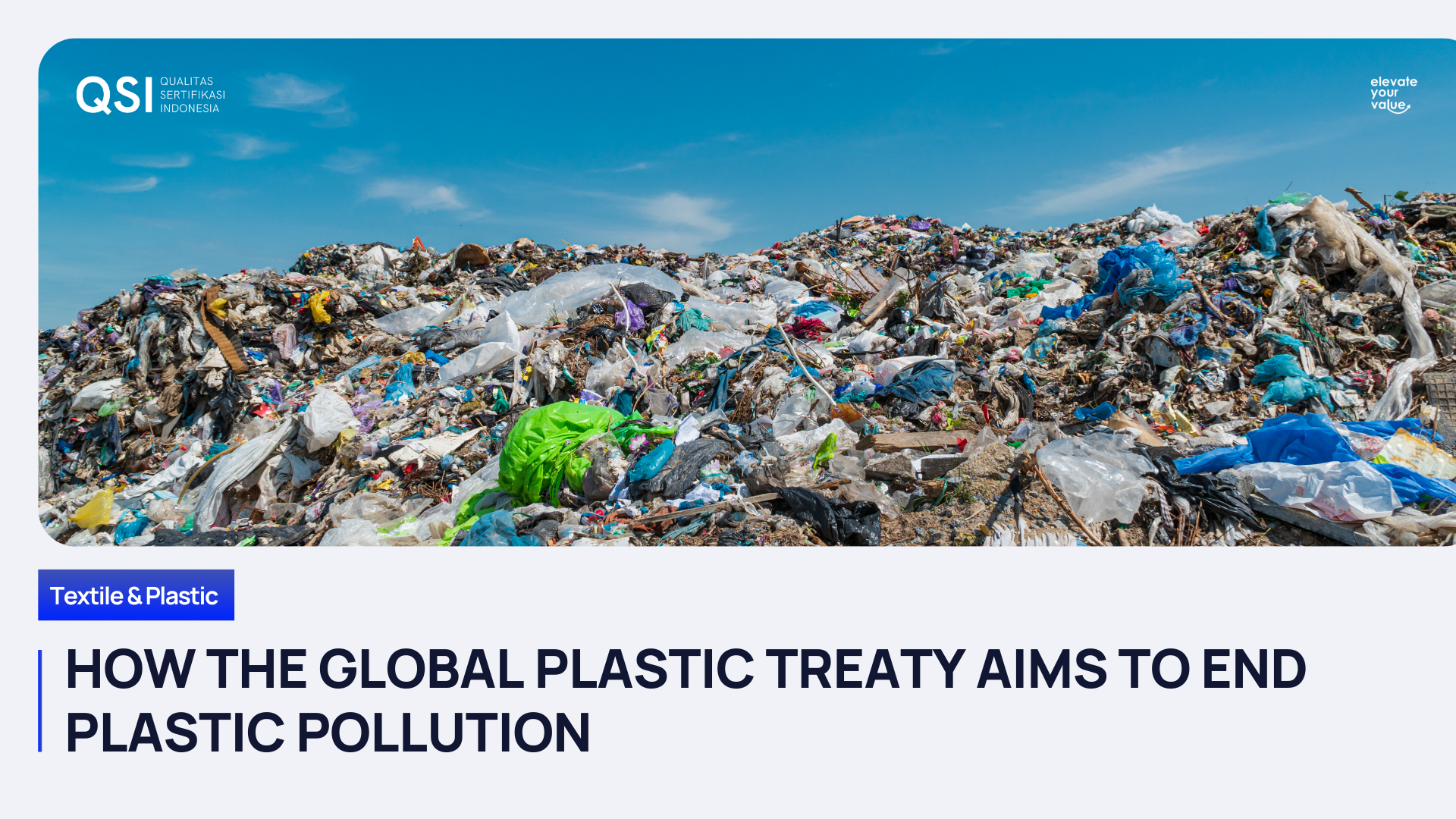
General Inquiries
Phone
+62 21 2949 1946
Headquarter
The CEO Building, Level 12th
Jl. TB Simatupang No. 18C
Cilandak Barat, Cilandak
Jakarta Selatan, DKI Jakarta 12430
Indonesia
Operational
Menara Sun Life, 7th Floor
Jl. Dr. Ide Anak Agung Gde Agung Blok 6.3
Kuningan Timur, Setiabudi
Jakarta Selatan, DKI Jakarta 12950
Indonesia
Programs
Quick Links
Qualitas Sertifikasi Indonesia
PT Qualitas Sertifikasi Indonesia
